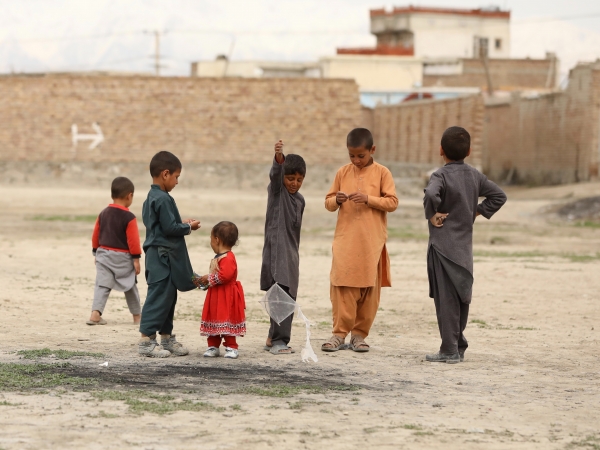Education systems in politically unstable regions are extremely vulnerable to a range of interrelated factors such as extreme poverty, armed conflict, climate-related risks, limited access to learning resources, and, as of recent, the effects of the Covid-19 health crisis. During the last two decades, Afghanistan had made considerable progress in safeguarding and strengthening its education system. However, since the Taliban forces regained control of the country in recent months, Afghanistan’s achievements in protecting education, particularly for women and girls, are at risk of being reversed.
A recent case study published by the Global Coalition to Protect Education from Attack (GCPEA) has highlighted the lasting effects of explosive attacks on schools and universities in Afghanistan. Between January 2018 and June 2021, the GCPEA identified over 200 reported attacks on schools, universities and their students and personnel. What is more, the study found that the use of explosive weapons is on the rise, with more explosive attacks on schools reported in the first six months of this year than in the first half of any of the past three years. Such attacks include airstrikes, artillery, mortars, car and roadside bombs, other improvised explosive devices (IED), explosive remnants of war (ERW), as well as incidents involving unexploded ordnances (UXO). The use of explosive weapons is extremely dangerous in populated areas as they cannot be effectively targeted and can cause large blasts spreading harmful fragments over a wide radius, indiscriminately harming civilians.
Among the types of explosive weapon attacks recorded by the GCPEA, IEDs were the most commonly used in attacks on schools and resulted in the highest number of civilian casualties. The non-governmental organisation Action of Armed Violence (AOAV) found that, of all reported civilian casualties reported in the country during 2020, 79 percent were in fact due to IEDs. Between January 2018 and June 2021, Afghan armed forces, international military forces, and non-state armed groups used explosive weapons in at least 180 reported attacks on schools. During this period, attacks on schools involving explosive weapons reportedly killed or injured more than 640 students and educators and damaged or destroyed over 70 schools.
Aside from the direct impacts of these blasts, which include damage to civilian casualties and education facilities, these attacks can have indirect and reverberating effects on education. In an attack that dominated the headlines, armed gunmen stormed Kabul University on 2 November 2020, detonated explosives and held dozens of hostages. The attack, which was later claimed by ISIS, resulted in 22 dead and over 20 wounded students. It damaged the university’s infrastructure and materials and affected the learning of over 21,000 students. It was reported that several students did not resume classes due to psychological distress from the attack. Prolonged school closures, trauma and the very real fear of mines or explosive weapons near a school can inhibit attendance of students and staff, and gravely prevent learning.
The GCPEA also revealed several incidents over the past three and a half years of schools being used for military purposes that were later targeted using explosive weapons. Although these incidents are not considered as attacks on schools, the military use of these facilities can compromise their protection as civilian objects under humanitarian law, further exposing them to the risk of attack and destruction.
Heavily disrupted education systems are a legacy of armed conflict. As the world watches Afghanistan’s control fall under a government distinctively ill-equipped to run a country facing numerous intersecting economic, humanitarian and development challenges, the GCPEA calls for urgent collective action to support basic services, assure safe access to education and prevent a humanitarian disaster and economic collapse. To this end, the GCPEA urges Afghanistan to fulfil its commitments as signatory of the Safe Schools Declaration, and calls on all states to endorse and implement the declaration to better protect the civilian status of schools and universities and cease all attacks against students, teachers and educational facilities. Developing a collective plan of action will involve talking with the Taliban government and rethinking the sanctions regime. In one of the world’s most aid-dependent countries, the withdrawal of funds from Western governments will pose a real threat to millions of vulnerable people.
Sources:
https://protectingeducation.org/wp-content/uploads/EWIPA-Afghanistan-2021.pdf
Author: Giulia Ferrara; Editor: Xavier Atkins







